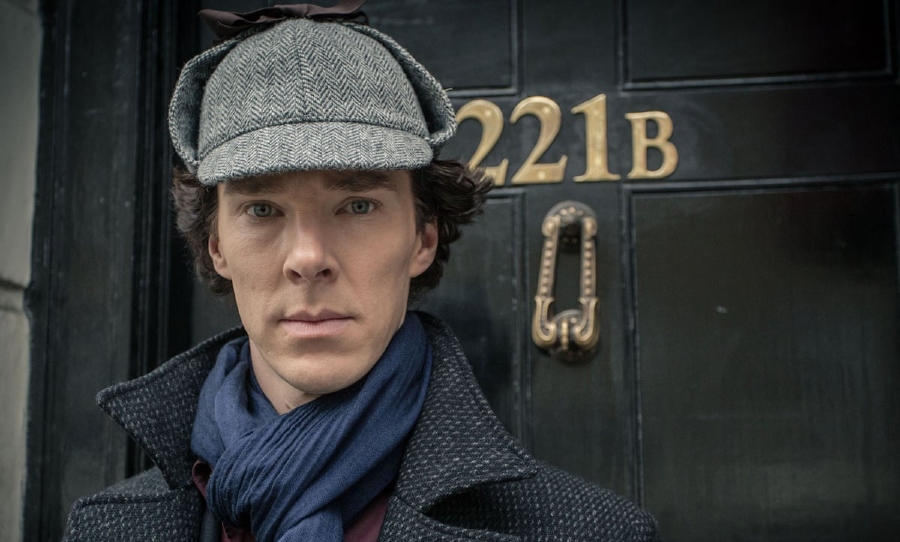Sherlock Holmes – how has the fictional book character lodged himself so deeply into the world’s cultural imagination?
Created by Sir Arthur Conan Doyle, Sherlock Holmes is characterised by his keen eye for detail, logical reasoning, and forensic expertise. There are hundreds of scholarly articles that analyse what differentiates him from the rest, but it’s safe to say that perhaps it comes down to this: while Sherlock Holmes books are led by a detective who can solve any type of crime, no matter how complex, but who remains relatively socially inept. It’s often suggested that these traits render Holmes endearing and relatable to readers, despite his extraordinary mental acuity and crime-solving skills.
As arguably the most famous fictional detective in the world — for some context, the Guinness World Records have listed the prodigal investigator as the “most portrayed literary human character in film and television history”— Sherlock Holmes has been portrayed by a slew of famous actors like Christopher Plummer, Ian McKellan, and Benedict Cumberbatch. In fact, the Sherlock Holmes books have been adapted so many times that there’s an entire Wikipedia page devoted to naming all the actors that have taken on the role, whether on film, TV, stage, or radio.
So read on for a deep dive into this immortal character. From the original Sherlock Holmes books, his status in the late-Victorian period, his revivals on the screen, and even his impact on real-life detective work.

Sherlock Holmes books
While there have been countless unofficial spin-offs, prequels, and narrative continuations of Sherlock Holmes, there are officially only just over 50 short stories and a couple of novels that are officially recognised as part of the Sherlock Holmes canon. We’ve collected a beginner’s guide, ordered chronologically, that will take you through Arthur Conan Doyle’s fantastic stories. (Note: editions can differ with the particular serialised Sherlock Holmes stories that they include; the following is a baseline guide to your reading.)
A Study in Scarlet (1887)
The book that began it all — A Study in Scarlet is the first book in the Sherlock Holmes series, and introduces us to the namesake character and his sidekick, Watson, as they embark on a journey to solve the unsolvable crimes of 19th century London.

The Sign of Four (1890)
The Sign of Four traces Holmes’ life in his earlier years as a drug addict, that is, until readers are thrown into the duo’s newest job. A thrilling journey through London, the novel details their pursuit of a mysterious case involving hidden treasure and deadly poison darts.
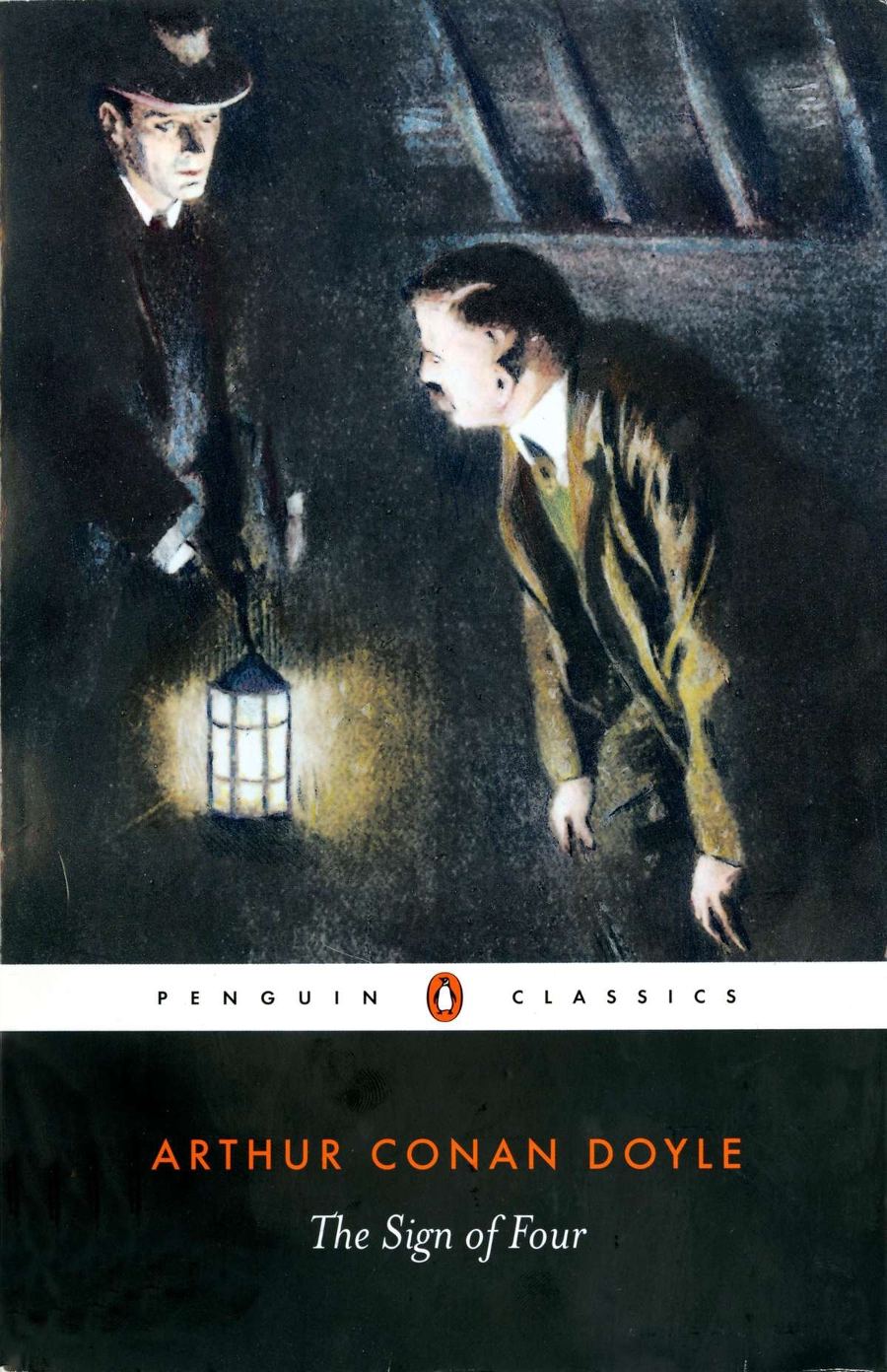
The Adventures of Sherlock Holmes (1892)
The Adventures of Sherlock Holmes explores the main character’s psyche, weaving through a series of short stories that examine his unique investigation methodology, his penchant for convincing disguises, and the complex interactions that he has with those around him.
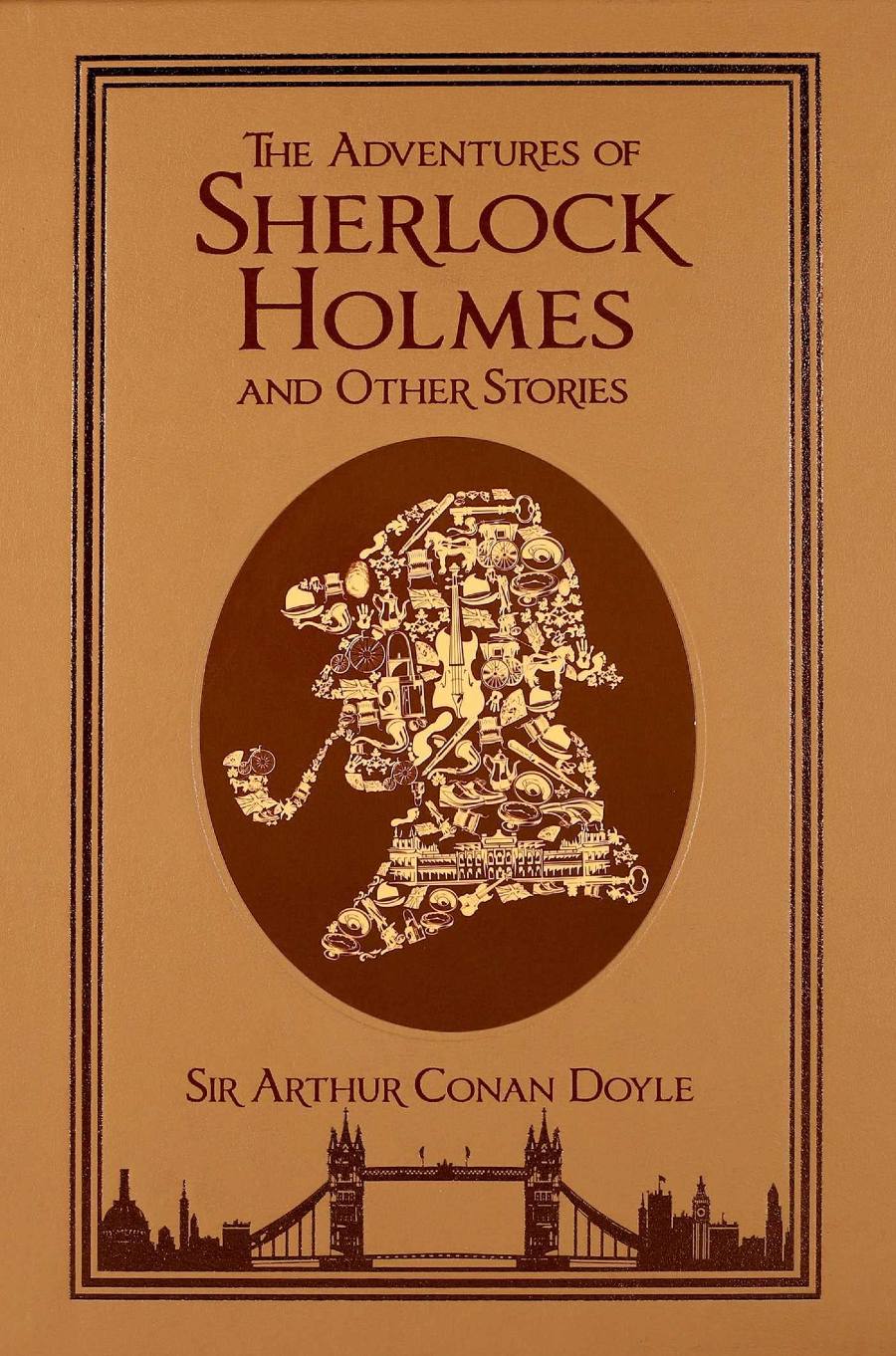
The Memoirs of Sherlock Holmes (1894)
The Memoirs of Sherlock Holmes introduces readers to the primary antagonist of the series, Professor Moriarty, a ruthless, nefarious man who longs for world domination.

The Return of Sherlock Holmes (1905)
As suggested by the title, The Return of Sherlock Holmes is a continuation from the previous novel’s cliffhanger, where Conan Doyle resurrects Holmes from, presumably, a grisly death.
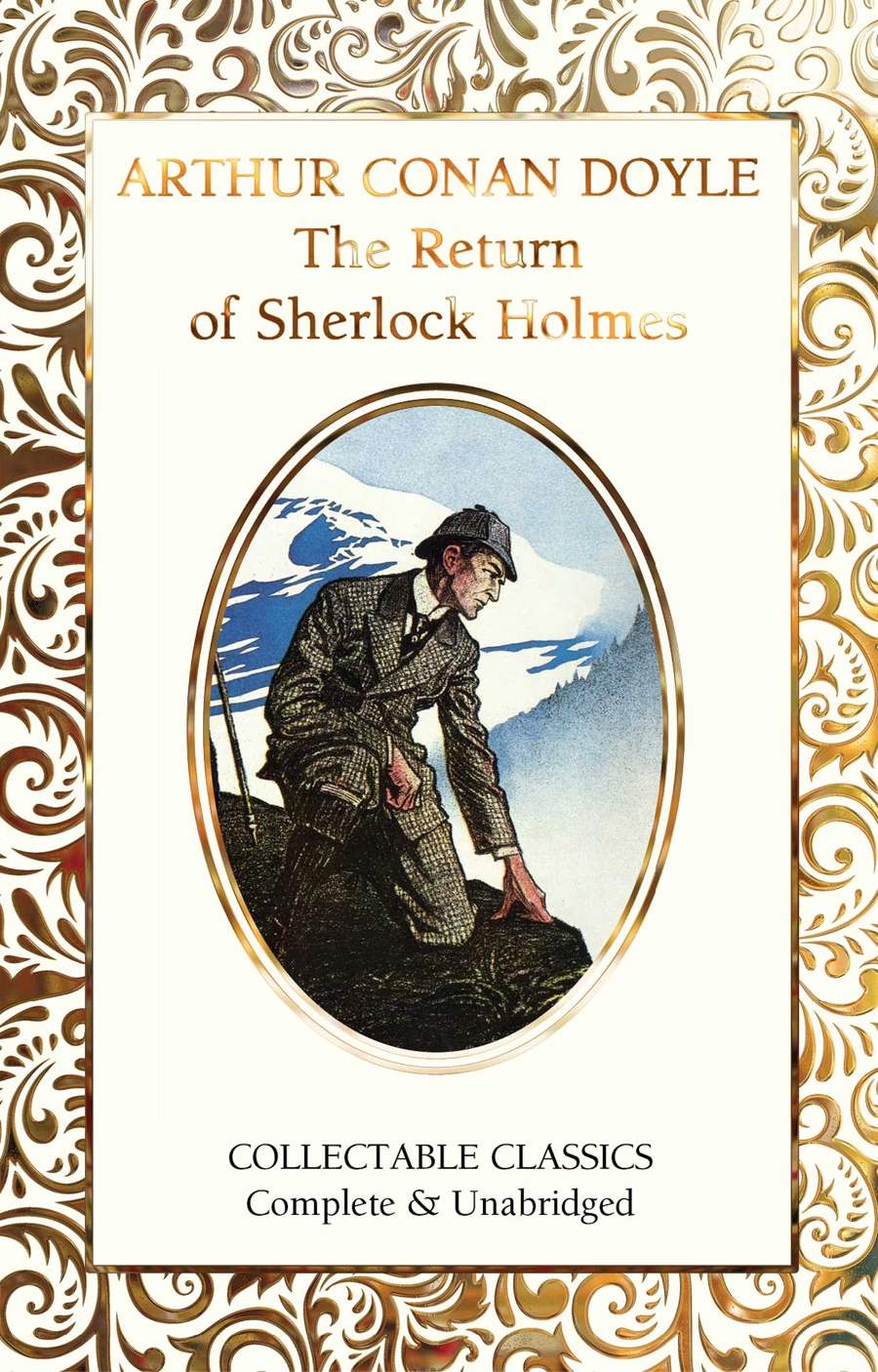
The Hound of the Baskervilles (1902)
Selected by “Sherlockians” as the best novel featuring the idiosyncratic Holmes, The Hound of the Baskervilles follows the descendants of the Baskerville line, who have been plagued and persecuted by a mysterious, supernatural black hound.

The Valley of Fear (1915)
The Valley of Fear follows our detective duo as they’re forced to deal with a gruesome murder and return to a cat-and-mouse chase with their archnemesis, Moriarty.
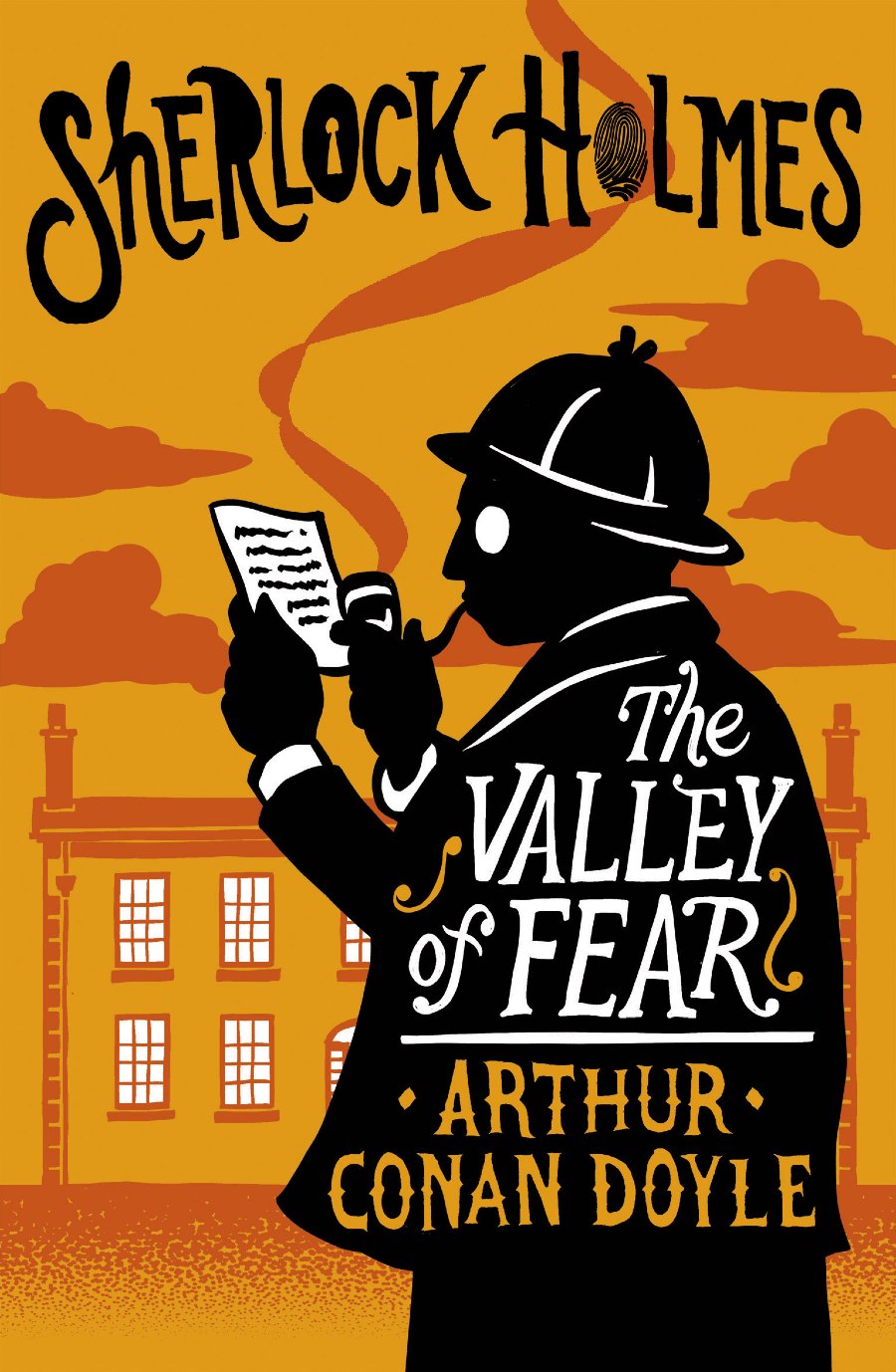
His Last Bow (1917)
His Last Bow contains the final serialisation of Sherlock Holmes stories, with all editions beginning with a preface by Watson who informs readers that Holmes — albeit retired from detective work — is still alive and well.
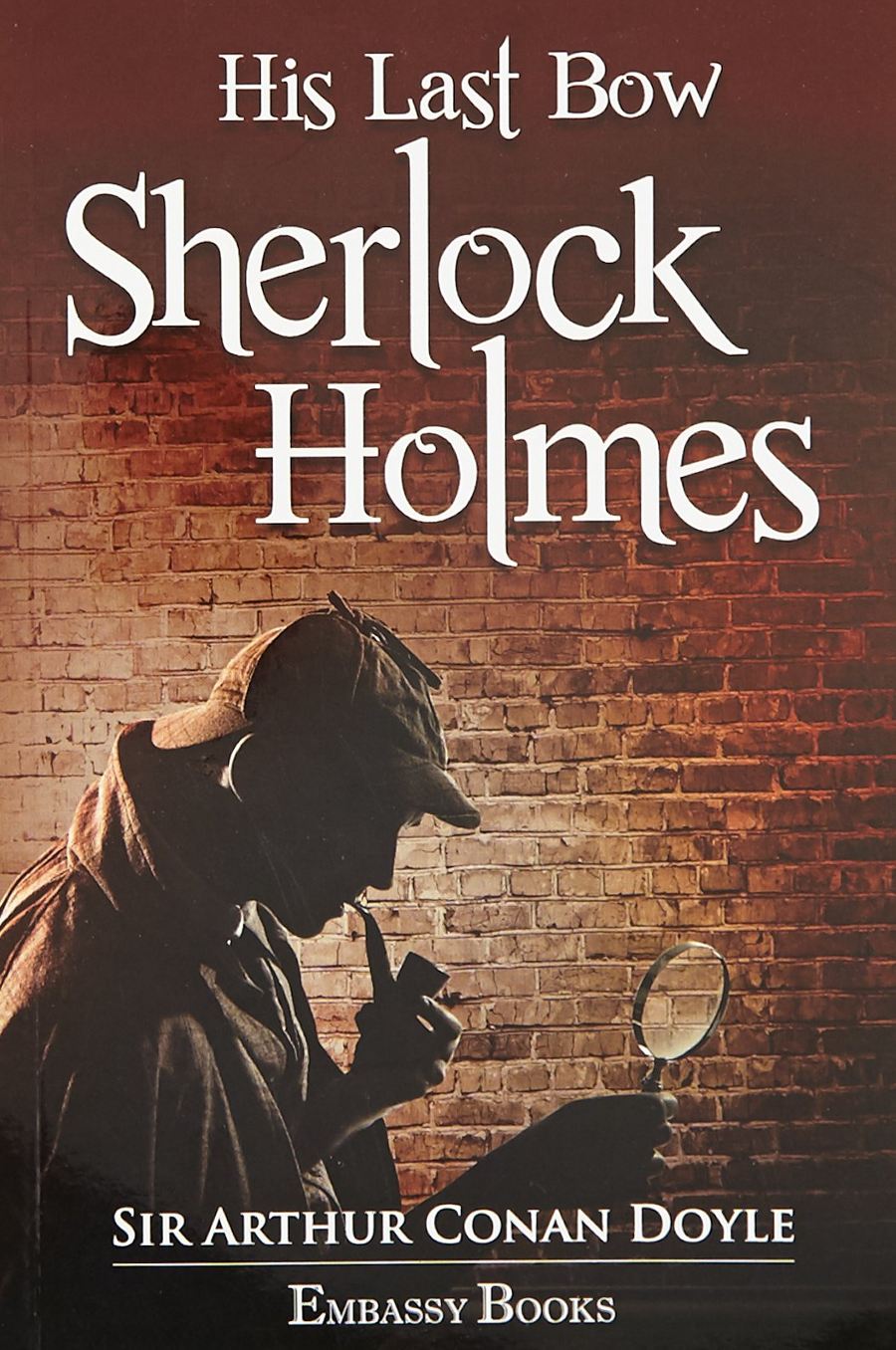
The original fandom
Sherlock Holmes books were beloved by the public, especially at the time that Arthur Conan Doyle was writing his stories. The single most indicative event of this was the reaction to the fictional character’s death. In 1893, Conan Doyle made the decision to have the iconic character meet his end — by shoving him off a cliff.
The public’s reaction was astonishing. As reported by the BBC, approximately 20,000 readers cancelled their subscriptions to Strand Magazine (the original publication that published Sherlock Holmes’ crime-solving exploits), clubs were created to “Keep Sherlock Holmes Alive,” and hundreds of readers wrote angry letters to the magazine in protest.
If it sounds familiar, it’s probably because you’ve seen the same scenario play out in the 21st century with “fandom culture.” Fandoms have rapidly evolved as the consumption of media aggressively moved online, and communication between individuals became increasingly instantaneous by means of social media. With Sherlock Holmes fans rioting and protesting — incidentally, sending Strand Magazine to the brink of bankruptcy — it was one of the first examples of fans wielding collectivist power over an author, as well as stripping the capital (social, financial, or otherwise) of those associated with them.
In the modern-day, we know this phenomenon to have begun as call-out culture and later evolved into cancel culture. While Conan Doyle eventually succumbed to the pressure of the public, less than a decade after his controversial killing of Sherlock Holmes, the situation — though stripped of social media, the Internet, and modern technology — was an eerie foreboding of the ideological power wielded by fandoms — whether good or bad — that we know today.
Famous film and TV adaptations
As we discussed earlier, there have been an astonishing amount of adaptations of various Sherlock Holmes stories. Below, we’ve included some of the most famous film and TV incarnations of everyone’s favourite, eccentric detective.
Sherlock Holmes (2009)
Starring Robert Downey Jr. and Jude Law as Holmes and Watson respectively, Sherlock Holmes is most similar to the plot of The Hound of the Baskervilles, and incorporates elements of spiritualism and occultism.
Sherlock (2010 – 2017)
BBC’s Sherlock has won numerous awards, with Benedict Cumberbatch and Martin Freeman portraying Holmes and Watson respectively.
Elementary (2012-2019)
Elementary provides a gender-swapped version of Watson, portrayed by Lucy Liu, accompanied by Jonny Lee Miller as Sherlock Holmes, and explores several Holmesian storylines in a contemporary format.
Mr Holmes (2015)
Although its literary source material was not written by Sir Arthur Conan Doyle, Mr. Holmes still incorporates Doyle’s protagonist in a timeline where Holmes has aged and is struggling to remember the details of his last case.
Impact on the progression of forensics
A significant impact of the Sherlock Holmes books is their effect on 19th and 20th-century forensics. Despite being a fictional book character, the science-based problem-solving methods that Conan Doyle attributed to his beloved character ended up greatly influencing the field of forensics.
In an academic essay in the Journal of Law and Criminology, Stanton O. Berg highlights several criminologists and essayists who have attested to Sherlock Holmes’ pioneering science-based investigative method:“Without disparaging progressive police officers of all nations, I believe that the writings of Conan Doyle have done more than any other one thing to stimulate active interest in the scientific and analytical investigation of crime. All of these men helped introduce a fundamentally new technique in crime detection,” wrote criminologist Luke S. May. Techniques like fingerprint and footprint analysis, as well as the examination of idiosyncratic patterns in typewritten letters, were not included in police investigative protocol until the next century.
With the prophetic genius of an author like Arthur Conan Doyle, it’s no wonder why the public has remained fascinated by Sherlock Holmes books and the eponymous detective’s erratic, enigmatic and captivating brilliance.
